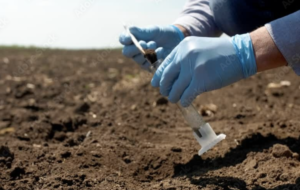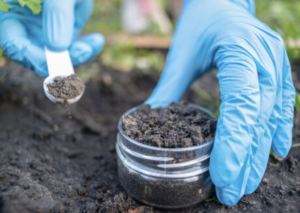How to Measure Field Density of Soil Using Nuclear Density Gauges
Field density testing is key to making sure soil is compacted enough to support structures like roads, buildings, and runways. One of the most efficient and widely used tools for this is the nuclear density gauge. It provides fast, non-destructive, and accurate measurements of soil density and moisture on-site—perfect for real-time quality control during construction.
Principle of Operation: How Nuclear Gauges Work
A nuclear density gauge works based on radiation scattering and absorption1. It contains a radioactive source2 (usually Cesium-137 for density, and Americium-241 for moisture) that emits gamma rays into the soil.
Here’s how it works:
- For density measurement, the gauge detects gamma rays scattered back from the soil. The denser the soil, the fewer rays make it back—this change is used to calculate density.
- For moisture, the gauge uses neutron scattering. Hydrogen atoms3 in water slow down neutrons, allowing the device to estimate water content.
| Measurement | Radiation Type | What It Detects |
|---|---|---|
| Dry Density | Gamma Rays | Electron scattering |
| Moisture Content | Neutrons | Hydrogen atom interaction |
It provides results in just a few minutes, making it ideal for real-time compaction checks.
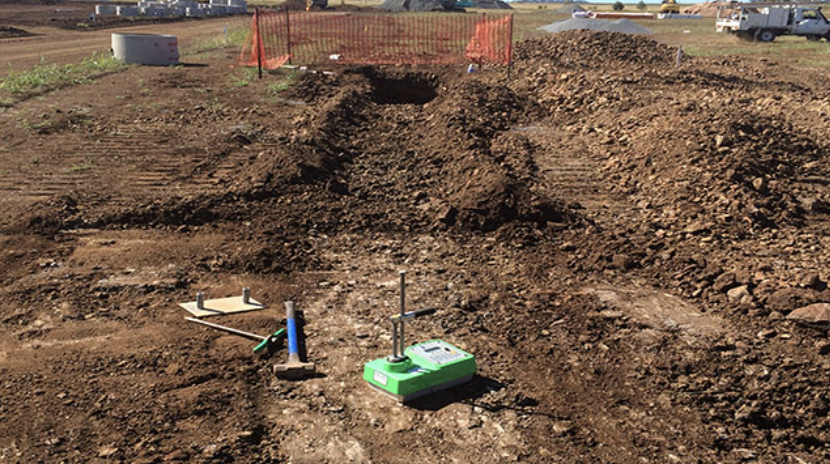
Field Procedure: Step-by-Step Testing Guide
Using a nuclear density gauge properly requires calibration, precision, and safety awareness4. Here’s a simplified field procedure for direct transmission mode5, the most accurate for soil compaction control6.
Step-by-Step:
- Site Prep: Smooth and level the test area (about 30 × 30 cm).
- Drill Hole: Use the drill rod to create a hole to the desired depth (usually 100–150 mm).
- Insert Source Rod: Lower the gauge’s radioactive source into the hole.
- Take Reading: Activate the gauge and wait for a 1–4 minute count.
- Record Data: Note down wet density, dry density, and moisture content.
- Repeat for Accuracy: Take multiple readings and average the results.
| Test Parameter | Typical Range |
|---|---|
| Dry Density | 1.4 – 2.2 g/cm³ |
| Moisture Content | 5% – 25% |
| Relative Compaction | ≥ 95% of max dry density |
This method is widely used for road base, embankments, backfills, and airfields.

Advantages and Safety Considerations
Advantages:
- Fast and Accurate: Results in minutes with reliable precision.
- Non-destructive7: No need to dig or remove soil after testing.
- Simultaneous Moisture and Density8: Saves time on dual testing.
Safety Considerations:
- Radiation License Required9: Only trained and certified personnel may operate.
- Time, Distance, Shielding: Key principles of radiation safety.
- Storage and Transport: Must follow strict regulatory guidelines.
| Advantage | Why It Matters |
|---|---|
| Fast Results | Supports same-day construction decisions |
| Non-invasive | Maintains site integrity |
| Dual-function Measurement | Cuts down equipment and manpower |
With proper use, nuclear gauges are safe and incredibly efficient tools on-site.
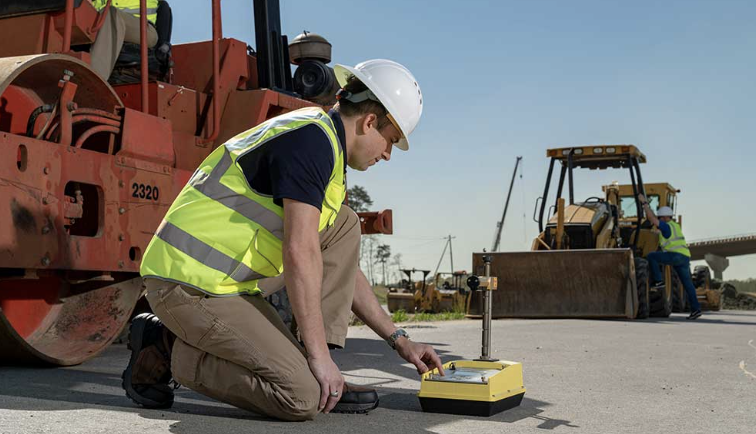
Interpreting Results for Compaction Quality Control
The key goal of nuclear testing is to compare field results against laboratory Proctor values. This helps determine if the soil has been compacted enough to meet project specs.
Key Metrics:
- Dry Density: Compared with maximum dry density from lab.
- Moisture Content: Compared with optimum moisture content.
- Relative Compaction = (Field Dry Density / Max Lab Dry Density) × 100
| Result | Interpretation |
|---|---|
| ≥ 95% Relative Compaction | Acceptable; meets most spec requirements |
| 90–94% | Marginal; may require review or rework |
| < 90% | Inadequate; re-compaction needed |
By continuously testing across the site, crews ensure that every layer of soil meets the strength and stability targets needed for long-lasting construction.
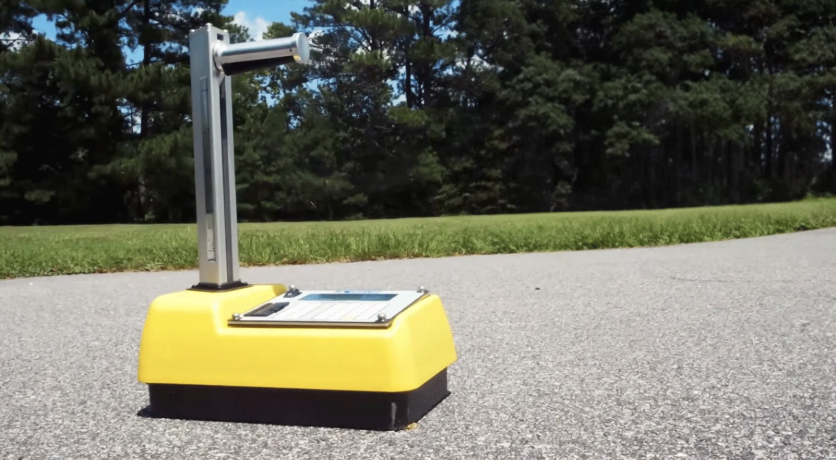
Conclusion
Nuclear density gauges provide a fast, reliable, and field-friendly method to assess soil compaction and moisture. They’re especially useful for large-scale infrastructure where precision matters. When handled safely and interpreted correctly, these tools become essential allies in building stronger, safer, and more durable foundations—from highways to industrial complexes.
-
Understanding radiation scattering and absorption is crucial for grasping how nuclear density gauges function effectively in measuring soil density and moisture. ↩
-
Exploring the types of radioactive sources used can provide insights into their roles and safety measures in nuclear density gauges. ↩
-
Learning about the role of Hydrogen atoms in neutron scattering can enhance your understanding of moisture measurement techniques in soil analysis. ↩
-
Understanding these practices is crucial for ensuring accurate measurements and safe operations with nuclear density gauges. ↩
-
Exploring this mode will enhance your knowledge of its benefits for soil compaction control and measurement accuracy. ↩
-
Learning about soil compaction control is essential for effective construction practices and ensuring structural integrity. ↩
-
Exploring non-destructive testing methods can enhance your understanding of efficient testing techniques without damaging materials. ↩
-
Learning about simultaneous testing can help you save time and resources in your testing processes. ↩
-
Understanding the requirements for a radiation license is crucial for compliance and safety in testing environments. ↩






